Some more pencil news:
Nataraj 621 Writing Pencils
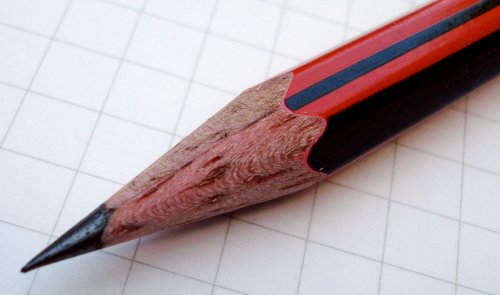
Let’s navigate away from Lewisburg and head over to Mumbai.
The Hindustan Pencil Company was founded in 1958, and is now India’s largest pencil manufacturer. They state that they manufacture 5.6 million pencils per day! That would be over two billion per year. This would put them in the elite league of Faber-Castell and Staedtler.
Despite these enormous numbers, their pencils are unavailable in many regions of the world, including here in Canada. My thanks to hemmant for kindly sending me these pencils, and some other Indian pencils that we’ll soon see.

The pencils are red with black stripes, a black cap, and white cap ring. They ship unsharpened, and are marked:
HPL * Nataraj * 621 * HB * Bonded Lead

They sharpen easily enough in either desktop or handheld sharpeners.

What I first notice is the wood’s appearance. It appears to have the striations typical of jelutong or pulai, yet is also quite reddish. I’m curious if anyone knows what wood species is being used?
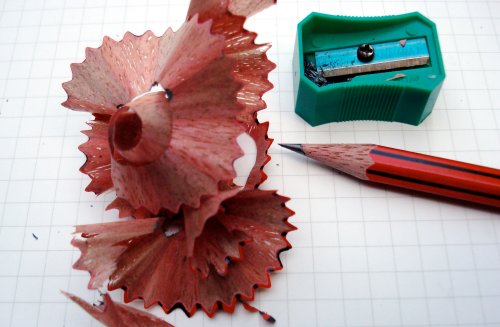
The lead seems quite strong – when I sharpen a pencil in the Carl Decade DE-100 using the acute setting – the point often breaks after ‘first contact’ with paper – but that didn’t happen with the Nataraj. The pencil seems average judged by smoothness or line richness factors.
The pencil box mentions the official price – 3 Rupees per pencil. That is $US0.06. Quite impressive.
The box also came with a sharpener and eraser. The sharpener boasts “with Japanese Technology”, and seems fine for a plastic sharpener. The eraser is a “Plasto 711”, and while creating a lot of crumbs, did a good job with this pencil on Rhodia paper.
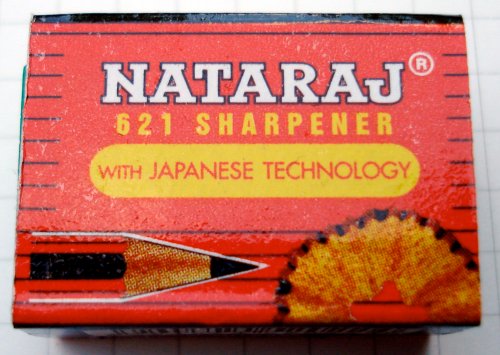
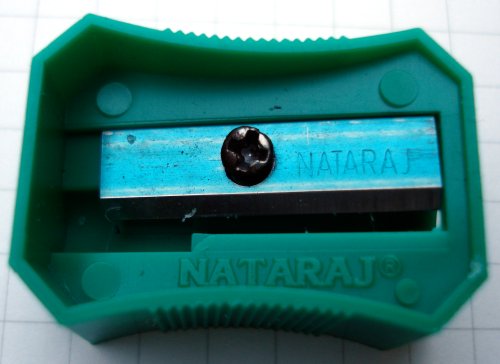
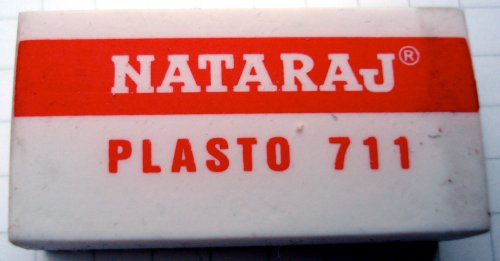
Overall, the Hindustan Pencil Company seems to be doing a good job with this product.
Link: Official Product page.
Eagle Mirado pencil
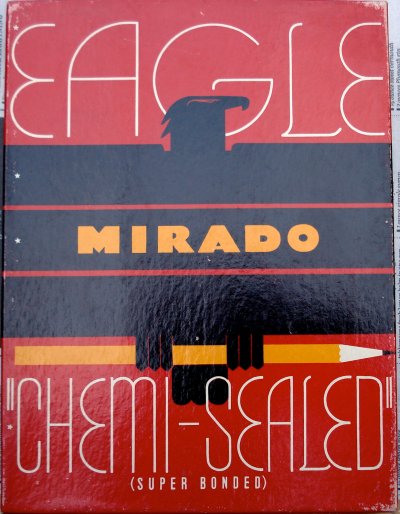
After mentioning the modern Mirado, I remembered that I had a vintage box of Eagle Mirados laying around.
Those with Eagle eyes will note that the original half-gross box appears to have an invited guest:
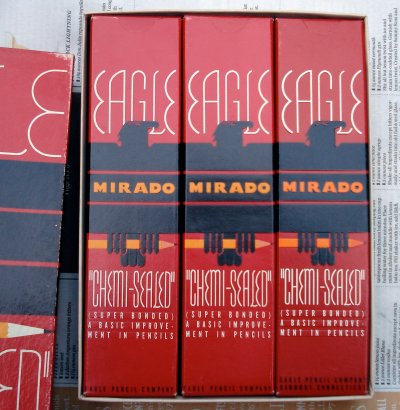
The pull out tab helps to access the pencils, yet I guess I never pulled it all the way.
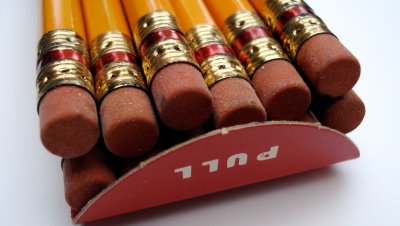
It has a bonus!
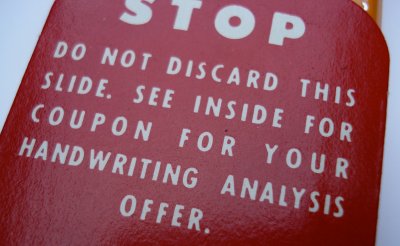
No kidding – the Eagle Pencil Company offered handwriting analysis for ten cents. Their graphologist, Dorothy Sara, appears to have written a number of books on the subject.
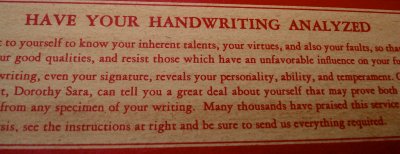
Ten cents seems pretty good for getting to know “your inherent talents, your virtues, and also your faults.”
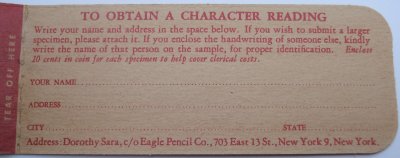
The box also tells us what a “True Medium” is. No doubt related!
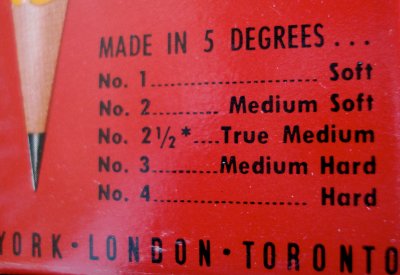
The pencils, given their age, have very nice imprints:


Carnival of Pen, Pencil and Paper
Be sure to visit the Carnival of Pen, Pencil and Paper.
The Carnival is an anthology of blog posts on stationery and writing implements, and a piece from pencil talk was selected as an “Editor’s Pick”. Thank you!
Goodbye, Papermate Mirado Classic pencil
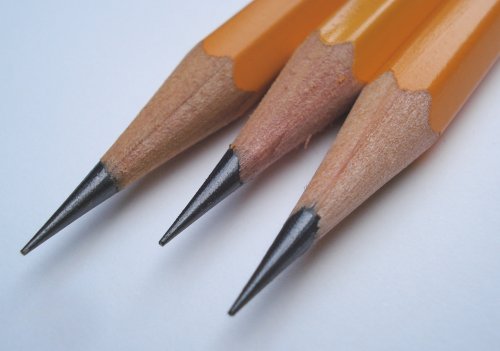
Back to school season is here, and students are stocking up on school supplies for the year ahead. For most, it is probably the last year they will have a chance to buy an American made pencil.
Sanford, a division of Newell Rubbermaid, and the last major US based pencil manufacturer, will be closing their Tennessee plant later this year.
With this in mind, let’s take a look at Sanford’s mainstay pencil, the Papermate Mirado Classic.
The pencil is indeed a classic, with over a century of manufacture. The Mirado was originally named the Mikado, with the name amended during WWII. It was made by Eagle, and was one of the quintessential yellow school and office pencils for decades. The red band on the ferrule was an identifying trademark.
A range of Mikados can be seen at Brand Name Pencils.
Today’s pencils seem to come in many package types, and are readily found at large office supply stores. If memory serves, I’ve seen packages of three, six, eight, ten, and twelve.
Here is a package of six purchased this past weekend. For contrast, I also have a box purchased perhaps in 2006, and another from about 2004.
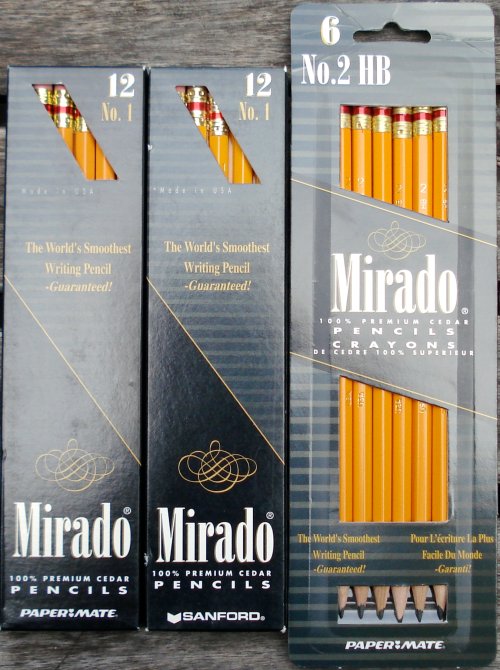
The pencil is marked:
USA Papermate Mirado Classic HB 2
The 2006 pencil is the same, while the slighty earlier pencil had a different branding – it is a Sanford Mirado.
Sanford is a global company, and there are at least two other Mirados out there, though I haven’t personally seen either:
One other difference – the new pencil has a factory sharpening, while the older pencils are unsharpened:
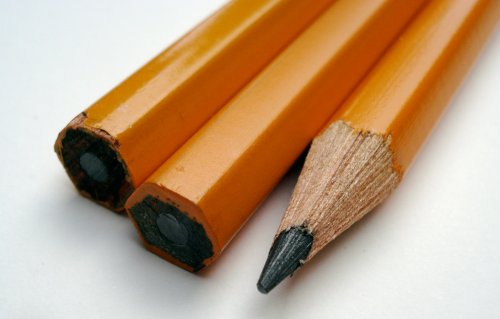
As a writing pencil, I find it average. Strangely (or maybe not), the five year old pencil labeled Sanford seems to use graphite that seems much richer and smoother.
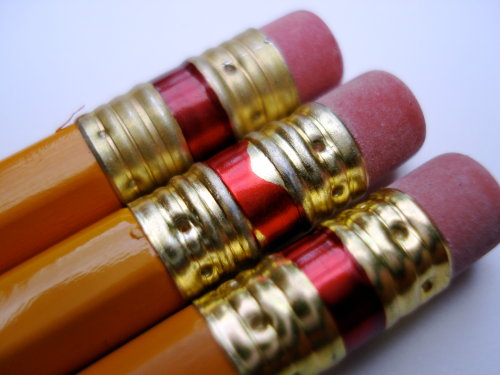


In appearance – it is what it is – the very epitome of bland and dull. But sometimes bland and dull work.
The haphazard application of the ferrule and painting of the red band don’t speak well of the manufacturer’s standards.
The graphite has that crumbling propensity of some lead cores.

While I wouldn’t classify the current version as a great pencil, it is still sad to see it go. And of course, it probably will reappear, manufactured in Mexico or China.
Penguin Classics pencils
These novelty pencils match the format of the Penguin Classics series.
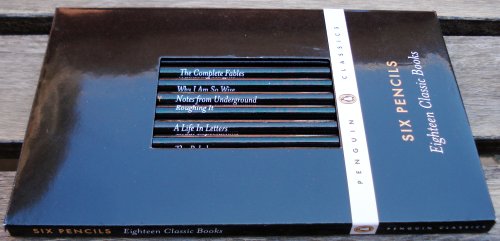
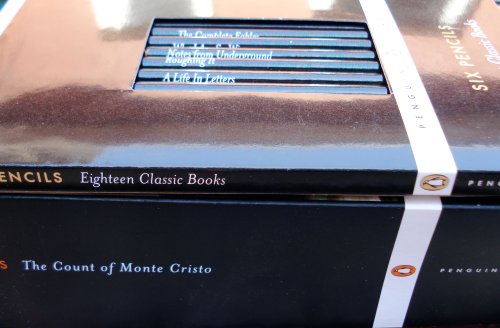
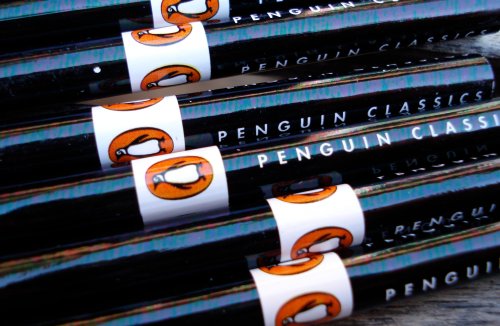
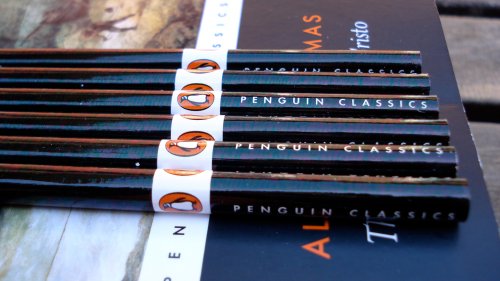
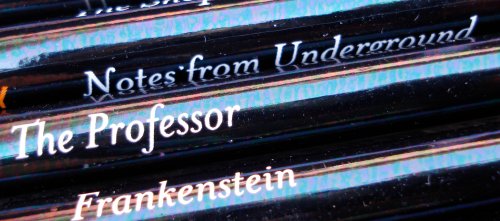
Accompanying a Penguin novel, they would make a great back to school gift for a student.
